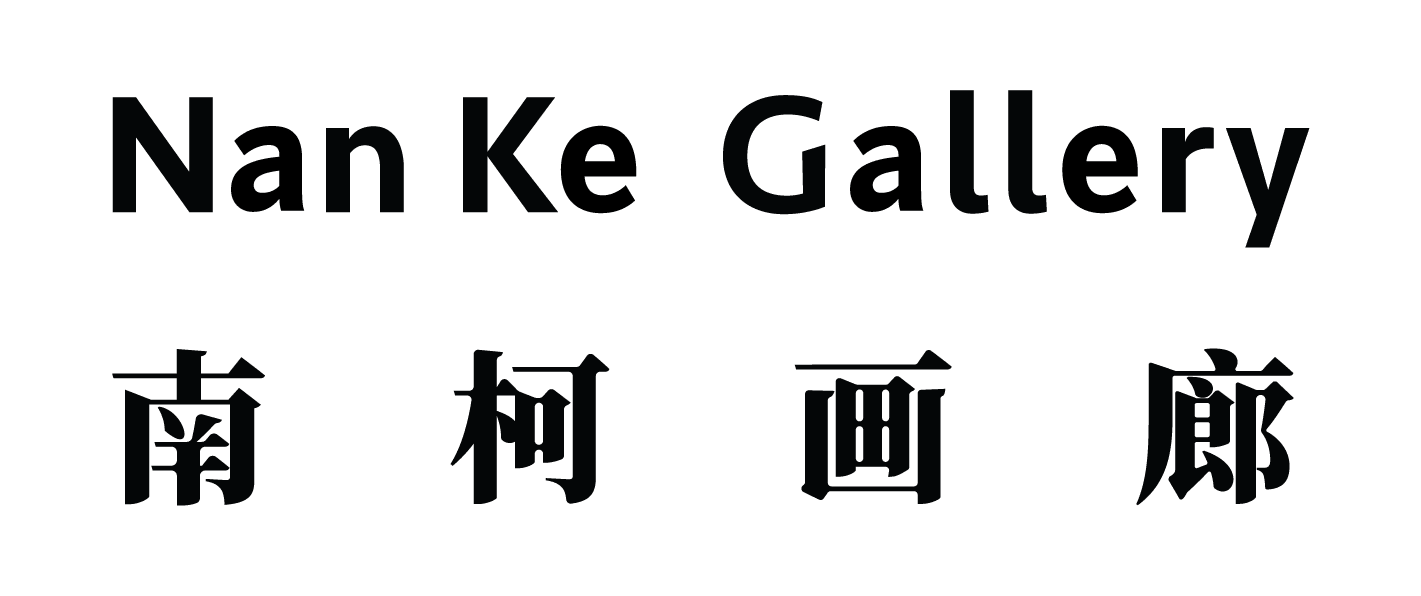The house where Mengfan Bai lived was situated in a neighborhood about an hour's drive from the center of Shanghai. The neighborhood is quiet, greenery spreads along the path to the end, her home is not far away.
When she enters the house, she sees a painting in the foyer, one of her own works, juxtaposed with a small incense burner. The room is well organized, the furniture is mostly plain, and the bright colors are accented by the ubiquitous paintings and phalaenopsis orchids, which are the most striking decorations in the house.
Mengfan Bai moved to Shanghai last winter, combining her studio with her home. The studio is a small room on the first floor next to the living room. On a long desk are various oil painting materials and a wooden palette stained with age and color. In the center of the room, a painting in progress lay quietly on an easel.
The original thin, narrow, high bookshelf has been flattened by her and turned into a wall cabinet. A book list often reflects a person's tastes and preferences, and this is especially true for a painter. Landscape is a visual expression of life's feelings and emotions, which needs to be absorbed before being exported. From the interpretation of Renaissance paintings, analysis of ancient Chinese literature and traditional culture, to the canon of Western academic theories of painting. Some of the books, exactly the same, she got her hands on several, in order to be able to flip through them at home and when traveling.
A medium-sized work of about 1.2 meters is placed on the cabinet: the irregular textures are like dense ripples, but also overlap each other like mountains, and seem to pass through like phantoms, reminiscent of hilly landscapes viewed from the heights of airplanes. We asked her if the painting was an overhead view of the mountains. She smiled and said, “I like this interpretation, it's called Asymmetrical Fountain Pools.”
August 30, 2024



